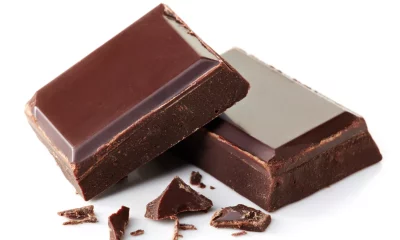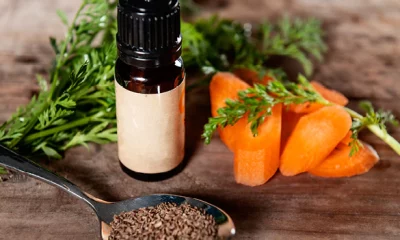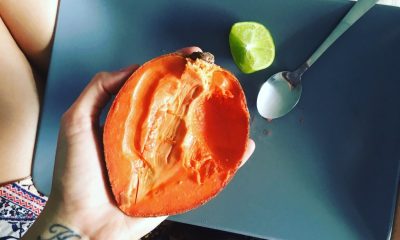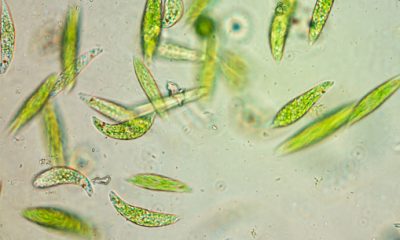Health
14 best foods to fight against anemia
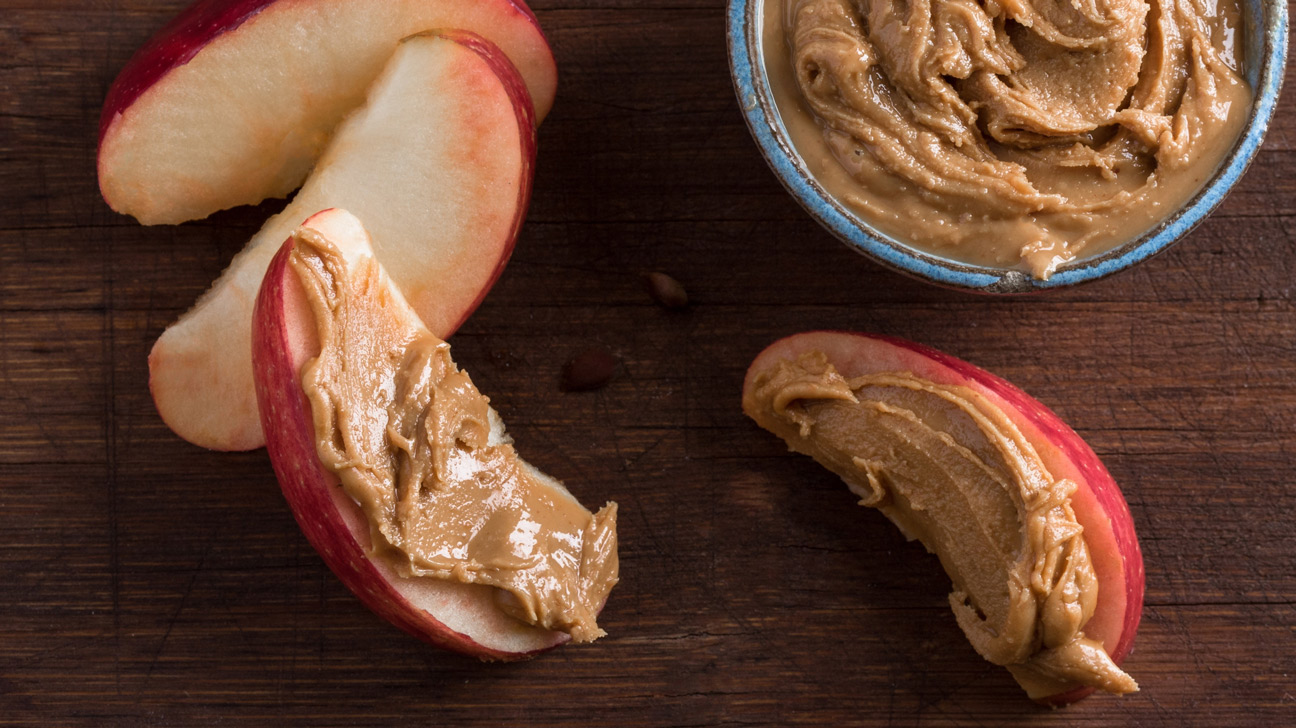
Discover the 14 best foods to fight against anemia.
A selection of the best dishes and ingredients to keep anemia fatigue at bay.
Anemia is the most common blood disorder, and it occurs when the body does not produce enough red blood cells (and therefore insufficient levels of hemoglobin) to carry oxygen to muscles and other vital tissues and organs.
Women are more likely than men to suffer from anemia, although the reason why this occurs is still unknown.
The most common causes of anemia are l to iron deficiency, vitamin B12 deficiency and folic acid deficiency. There are other reasons such as breastfeeding, aging, inherited disorders, etc.
Without a doubt, the most frequent lack is iron in the diet, that is, what is known as iron deficiency anemia.
Symptoms of anemia
As for the symptoms of anemia , they are the following:
• Tiredness.
• Lethargy.
• Palpitations
• Sensitivity to cold
• Difficulty breathing.
• Acidity.
• Swelling of the arms and legs.
• Increased sweating
• Blood in the stool.
• Threw up.
The best foods against anemia
Diet can be beneficial in preventing and fighting some types of anemia. Therefore, below you can find a list of foods that help overcome anemia :
1. Mushrooms
Mushrooms are a delicious food that can be eaten in a soup or as a side dish. These mushrooms have a large amount of riboflavin, niacin, iron and beta-glucans , substances that support the immune system. Depending on the type of mushroom that is consumed, it can provide up to 8 mg of iron.
2.Ostras
Oysters are known to be an aphrodisiac food; however, they are also rich in iron. Pacific oysters have some of the highest levels of iron, with 7.2 mg of this mineral per 100 grams. Most shellfish (for example, clams, scallops, or mussels) are great sources of iron.
3. Mackerel
Seafood is not the only seafood that helps fight anemia, as some fatty fish such as salmon, tuna, mackerel or anchovies are also rich in iron. Combining shellfish with fish can further help prevent anemia.
4. Prunes
Prunes are a great source of iron, as are dried peaches, for example. For every 100 grams, they contain 6 mg of this mineral. Being a delicious food, it is easy to add them to the daily diet.
In fact, they are the perfect food to accompany cereals at breakfast, although it is important to take them in moderation, in small quantities.
5. Oatmeal
Another delicious and nutritious breakfast food is oatmeal. Oats are rich in iron; however, it contains a compound called phytic acid , which can inhibit iron absorption, so it should be considered a secondary source to combat anemia. Now, oats also contain B vitamins, including B12, which are important in this regard.
6. Tomatoes
Tomatoes contain two important compounds to fight anemia: vitamin C and lycopene . Vitamin C helps the body absorb iron more easily, and lycopene is good for keeping the body in good condition and preventing unnecessary wear.
These vegetables are rich in beta-carotene and vitamin E, which are essential for healthy skin and hair. Adding a tomato or two to your daily diet helps your body absorb more iron.
7. Eggs
Eggs are one of the highest protein foods , but they are also packed with vitamins and antioxidants that help your body fight anemia.
A large egg has 1mg of iron. Although they enjoy a bad reputation because they are associated with high cholesterol, they are very nutritious and healthy foods, essential in any diet.
8. Molasses
Molasses is also a great source of iron, as a tablespoon of this food contains 3.2 mg of this mineral . You can add molasses to a wide variety of products, as many people enjoy the combination of baked molasses with oatmeal, over ice cream, or even to flavor meat.
9. Walnuts
Walnuts are another great source of iron, and they taste great at the same time. Although all nuts are rich in iron, both walnuts and pistachios are the best sources of iron with 15 mg per 100 grams of nuts. Of course, consume them in moderation , since they are very caloric.
10. Dark chocolate
Chocolate lovers are in luck, since the darker version is ideal for fighting anemia. A one ounce of black gold has 5 mg of iron. A cup of cocoa powder has 11.9 mg of iron and a plain milk chocolate bar has 1.1 grams of iron.
11. Broccoli
Much is said about spinach for its high iron content, but they contain oxalic acid , which reduces the absorption of this mineral, that is why broccoli is better, which also contains other micronutrients such as vitamin C. Broccoli is one of the foods healthiest out there.
12. Honey
Nothing sweeter for anemia than honey, a very nutritious and delicious food. Honey is good for the whole body and provides a large amount of iron. 100 grams of honey have approximately 0.42 grams of iron. It also includes magnesium and copper, which help increase the level of hemoglobin in the blood .
13. Peanut butter
Peanut butter is a fantastic source of iron and is easily assimilated by the body. It can be taken in many ways, but to promote the anti-anemia effect, it is possible to consume it with whole wheat bread.
Two tablespoons of peanut butter have 0.6 mg of iron. Of course, be careful and choose only those that do not have artificial additives.
14. Whole wheat bread
As mentioned in the previous point, peanut butter along with a slice of whole wheat bread is ideal for fighting anemia, as a single slice of whole wheat bread provides 6 percent of your daily iron requirement. In particular, it is a great source of non-heme iron, which helps the body to effectively fight the deficiency of this mineral .
15. Apple
The apple is not well known for being a natural food with high iron content; however, scientific studies have shown that the vitamin C in apples and other fruits promotes the body’s use of iron.
16. Beets
Beets are known to be very effective when it comes to fighting anemia. This vegetable contains a large amount of iron that helps to repair and reactivate the red blood cells of the body and, therefore, favors the administration of oxygen to all parts of your body.
Health
Managing Chronic Pain: Integrative Techniques for Wellness

Key Takeaways
- Understanding chronic pain and its various treatment options is essential for effective management.
- Lifestyle factors, including diet, exercise, and sleep, can significantly influence chronic pain.
- Integrative techniques, including medical treatments and complementary therapies, are vital in tackling pain holistically.
Understanding Chronic Pain
Chronic pain is a persistent type of pain that can last for months or years and may be caused by various factors. In contrast to acute pain, it can continue even after the original injury has healed. Healthcare professionals evaluate a patient’s self-reported pain level and the impact it has on their daily activities to address the complexity of chronic pain. When the underlying cause is unknown, multidisciplinary approaches are necessary to relieve pain.
The Role of Lifestyle in Chronic Pain Management
In the quest for relief, many find solace in discovering a reputable pain clinic near me that employs a range of treatment options. Diet and chronic pain have a significant, if not entirely understood, relationship. Pro-inflammatory foods, excessive caffeine, alcohol, and refined sugars tend to exacerbate inflammation, potentially intensifying pain. On the other hand, anti-inflammatory foods such as fatty fish, greens, nuts, and seeds may help reduce inflammation and, as a result, pain. Consistent hydration and balanced meals can support the body’s natural coping mechanisms. Creating a personalized diet plan with a nutritionist or dietician can be a proactive step in managing chronic pain through lifestyle. Being physically active is critical to managing chronic pain.
Medical Treatments for Chronic Pain Relief
Medications often serve as the first line of defense in chronic pain management. NSAIDs, for example, are commonly used to alleviate inflammation and pain. Antidepressants and anticonvulsants can also be prescribed for their pain-relieving properties. Caution must be taken, especially with more robust, potentially habit-forming medications such as opioids; these should only be used when necessary and with a strict plan for monitoring and tapering. Furthermore, patients are encouraged to ask their healthcare providers about potential side effects and interactions with other medications.
Beyond pharmacological measures, interventional treatments like nerve blocks, epidural steroid injections, and radiofrequency ablation offer non-surgical pain relief for various conditions. In some cases, these targeted procedures may provide lengthy periods of relief and help patients engage in physical therapy and rehabilitation more effectively.
With chronic pain being such a dynamic and individualized issue, research into new therapeutic methods is ongoing. Treatments such as platelet-rich plasma therapy (PRP) and stem cell injections are emerging as potential alternatives. They focus on repairing damaged tissues and reducing pain naturally. However, consulting with experienced pain management specialists before considering these advanced options is essential.
Psychological Approaches to Pain Management
Chronic pain has deep psychological and emotional roots in addition to physical causes. Therapies like Cognitive Behavioral Therapy (CBT) address the thought patterns that can worsen pain perception and decrease the quality of life. Patients can learn to change these thoughts, engage in positive behaviors, and develop strategies to manage setbacks in their pain journey. Biofeedback is a technique that measures and provides real-time data on bodily functions, such as heart rate, muscle tension, and skin temperature. It helps patients gain voluntary control over these functions, and mastering such autonomic processes can improve pain management and give a greater sense of personal power.
Emotional well-being is integral to pain management, as negative emotions can intensify pain perception. Healthcare providers may recommend therapy sessions to address the psychological impacts of chronic pain, helping individuals cope with associated feelings of frustration, depression, or isolation. These therapeutic approaches highlight the importance of treating chronic pain as a comprehensive, biopsychosocial condition.
Navigating the Healthcare System
The complexity of healthcare systems can add a layer of stress for those managing chronic pain. Advocacy is critical. Patients must feel empowered to ask questions and make informed decisions regarding their care. Understanding how health insurance works, what treatments are covered, and how to access necessary medications is imperative. Healthcare professionals can also be invaluable allies in helping patients navigate these systems and ensure that they receive appropriate and timely care.
Looking Ahead: The Future of Pain Management
As we learn more about pain, there is hope for better pain management through new treatments and technologies. For example, virtual reality therapies can help distract patients from pain and reduce its intensity by immersing them in relaxing environments. Scientists are also exploring innovations in pharmaceuticals, non-invasive brain stimulation techniques, and cognitive behavioral therapy apps to treat chronic pain more effectively. Additionally, personalized medicine, which considers an individual’s genetic makeup, lifestyle, and environmental factors, is set to revolutionize pain management.
Health
7 health benefits of cashew leaves and side effects
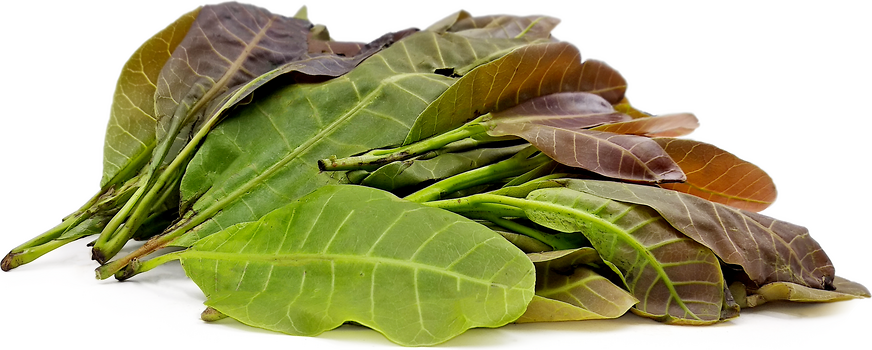
Table of Contents
Health
shocking health benefits of chanca piedra
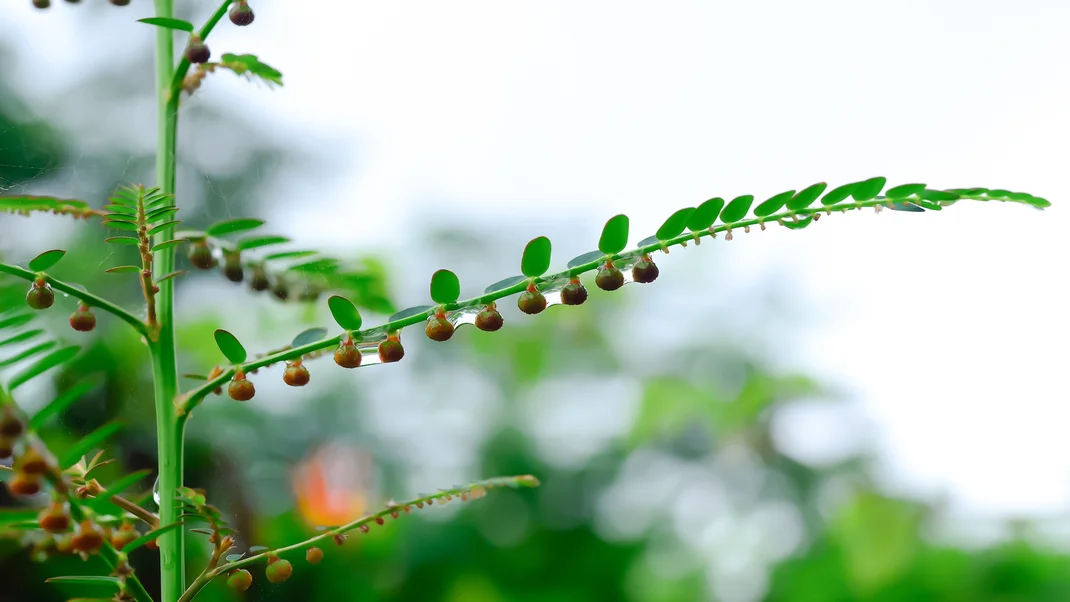
Table of Contents
-

 Food2 months ago
Food2 months ago8 shocking benefits of leek juice and side effects
-

 Food1 month ago
Food1 month ago10 + Benefits of carrot juice and side effects
-

 Health1 month ago
Health1 month agoBenefits of guava leaves Sensually
-

 Health2 months ago
Health2 months ago10 shocking health benefits of Canary seed milk
-
Weight Loss1 month ago
Chrissy Metz Weight Loss Secret (2022)
-

 Health1 month ago
Health1 month ago7 health benefits of cashew leaves and side effects
-

 Weight Loss1 month ago
Weight Loss1 month agoKelly Osbourne weight loss 2022
-

 Food2 months ago
Food2 months agoHealth benefits of gongolili or vetiver and side effects

